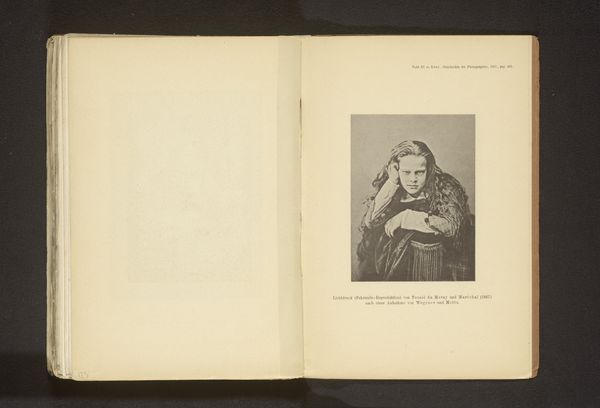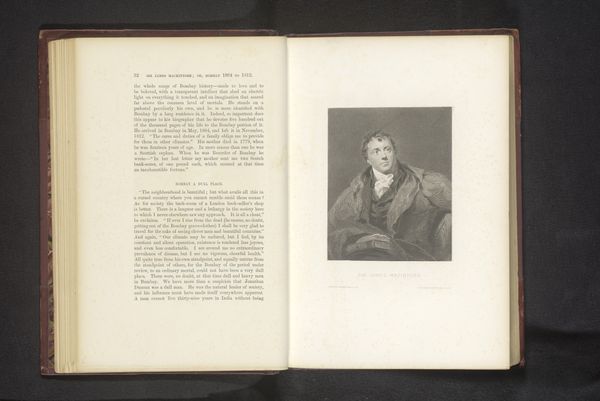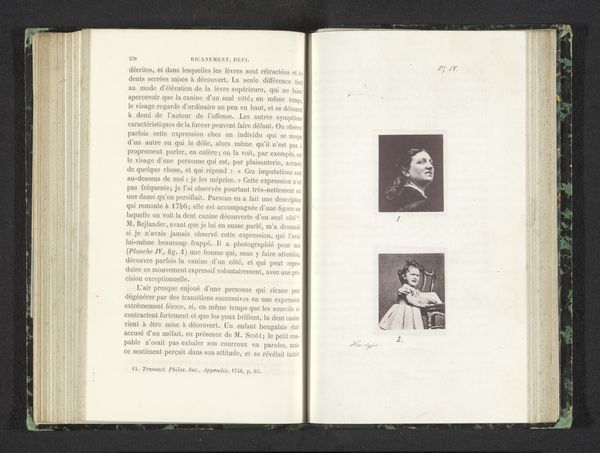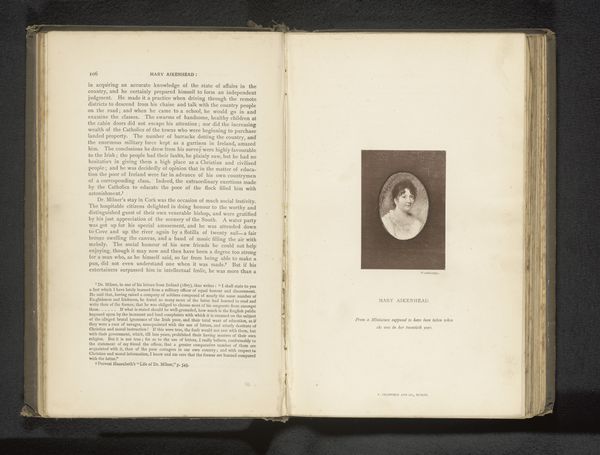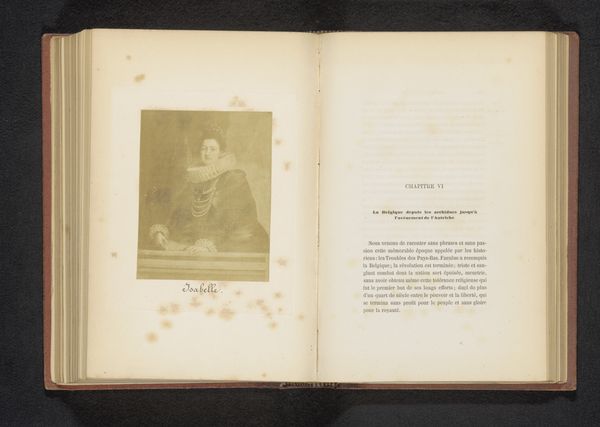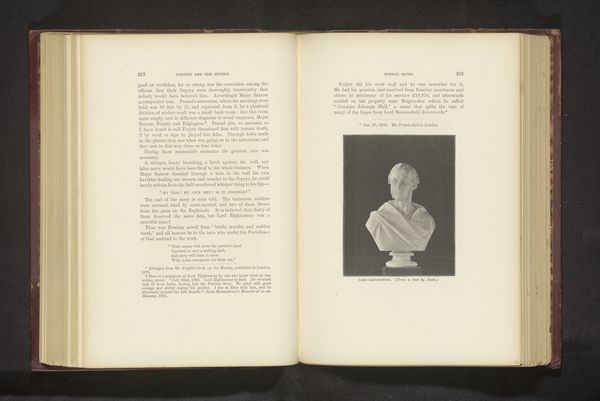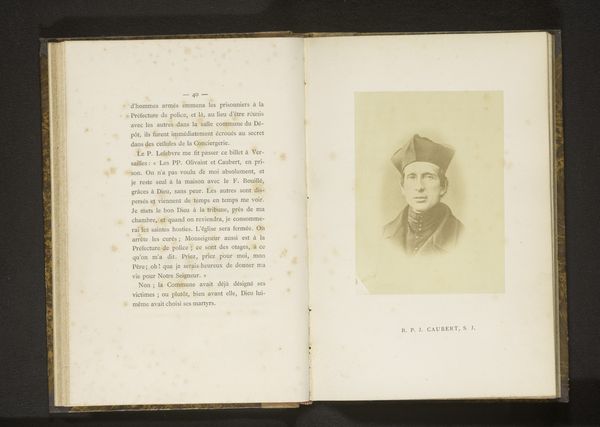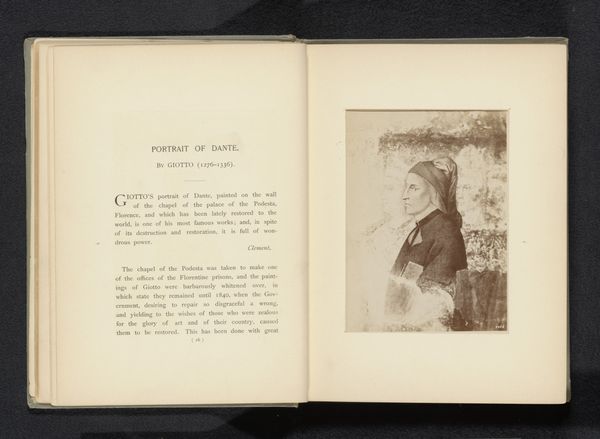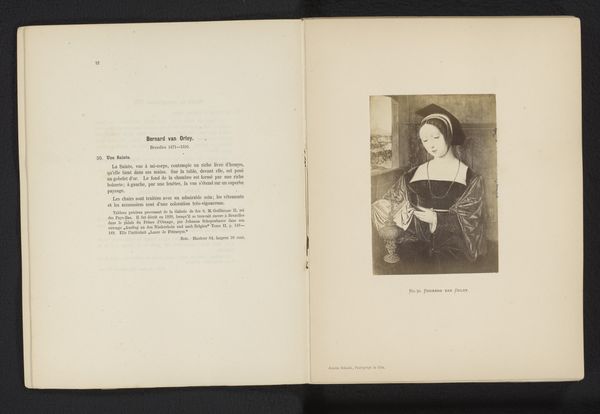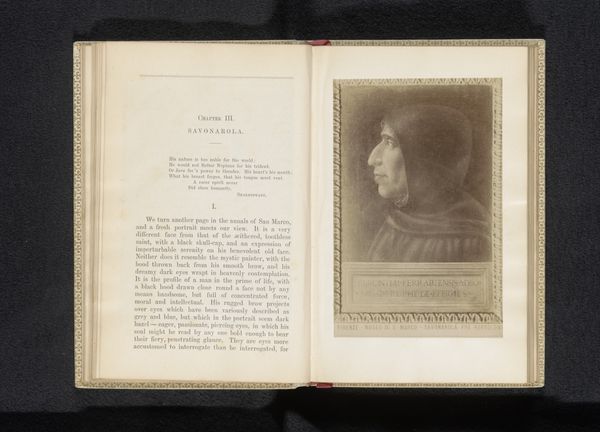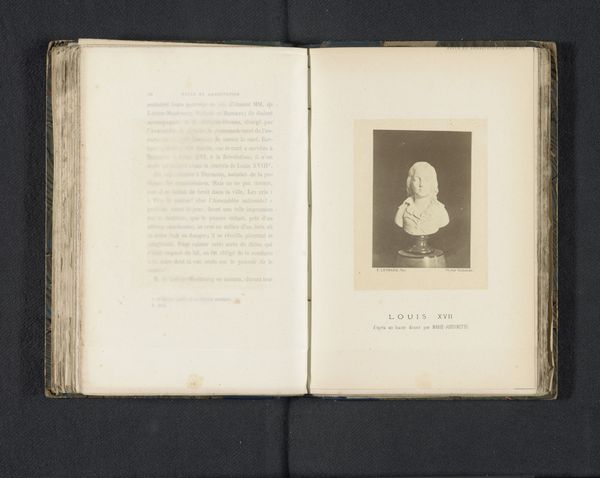
Fotoreproductie van een geschilderd portret van een onbekende man door Rafaël before 1866
0:00
0:00
print, photography, gelatin-silver-print
#
portrait
# print
#
11_renaissance
#
photography
#
gelatin-silver-print
#
italian-renaissance
Dimensions: height 130 mm, width 99 mm
Copyright: Rijks Museum: Open Domain
Curator: This gelatin-silver print, catalogued before 1866, offers a photographic reproduction of a painted portrait by Raphael. The subject is an unknown man. What’s your initial response? Editor: He looks… weary. His gaze is direct, but there's a softness there, almost vulnerability, in the eyes. The monochrome palette adds a timeless quality. I’m struck by his somber attire juxtaposed with the meticulous detail given to his facial features, especially the beard. Curator: Considering Raphael's stature in the Italian Renaissance, his subjects often reflected societal power dynamics. This portrait is significant because, even though the man is unknown, he clearly belonged to a certain social stratum, judging by his clothing and demeanor. The black attire would signal something. Perhaps a scholar, a merchant, or someone connected to the church? It makes me wonder about who got memorialized. Editor: I see a more personal and archetypal figure. Black can indicate mourning, piety, even sobriety—essential virtues in that era. The white collar could denote purity or perhaps some connection with ecclesiastical dress, so I agree. Also, given Raphael's fame, it begs the question of why his work was recreated. What need was fulfilled with its transformation into reproducible photography? What symbolic meaning would black-and-white photography give the art and subject matter? Curator: An excellent point about reproducibility! This piece engages the question of access and dissemination of images. In its own way, that reflects a radical shift towards democracy in art viewing. It breaks from notions of unique artwork ownership to make the great masters more available. Also, notice that, in a world with increasingly diverse voices, there is still very little diversity of representation among portrait subjects. What do you make of that? Editor: Yes, and speaking to diversity: his eyes, posture, clothing—all communicate cultural memory tied to status, tradition, the Renaissance man. Curator: Thank you, that was a terrific reminder. In light of it, I wonder about the layers of mediation presented to viewers. Editor: Absolutely, and may this compel future viewers to engage with cultural heritage critically!
Comments
No comments
Be the first to comment and join the conversation on the ultimate creative platform.
